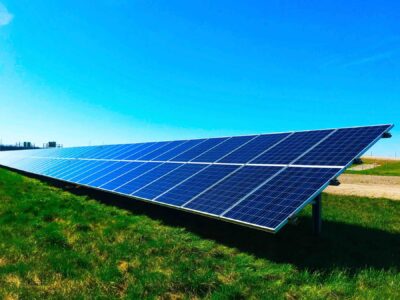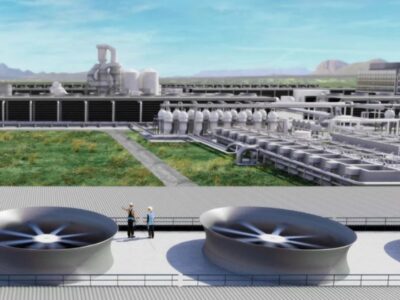(Bloomberg) —
Demand for next-generation green assets is growing as investors look beyond conventional renewables like wind and solar to benefit in the world’s shift from fossil fuels, according to Macquarie Asset Management.
In the past 18 months, Macquarie’s Green Investment Group has piled into grid-scale batteries, clean transportation, hydrogen and metals recycling as it expands into what it calls the “second phase” of the energy transition, according to Mark Dooley, global head of GIG.
“Wind and solar will be a huge part of the energy transition’s engine,” Dooley said in an interview in London. GIG is still scaling its existing investments in core renewables, but it’s also ready to deploy billions of dollars into more nascent technologies in the next several years, he said.
The next phase comes at a fraught juncture in the energy transition, which will require investment in leading-edge sectors that often seem like riskier bets but have potentially greater payoffs. Vanishing margins in more mature wind and solar energy markets have already shrunk returns for investors as inflation and supply-chain headwinds cripple the values of some of the largest renewables companies.
Read more: UK Offshore Wind Industry’s Pain to Last Years, Hedge Fund Says
Mergers and acquisitions in renewables have also cooled, while targeted returns are on the rise, BloombergNEF analysts wrote in July. Asset managers are shifting money back into bonds because of higher yields, raising the bar for equity returns on new green investments.
In September, Macquarie became the lead investor in an €850 million ($894 million) fund raising by French battery manufacturer Verkor, accelerating the construction of its first gigafactory in Dunkirk. That followed investments in Atlas Agro, a hydrogen-fueled fertilizer platform, and Sortera Alloys, a recycling firm.
Investors are increasingly looking to these types of solutions because of ESG mandates and a recognition of the rapidly-shifting landscape of fossil-fuel dependence, Dooley said. Many of these technologies aren’t yet supported by government subsidies, but he said the commercial impetus still needs to come from businesses.
Dooley added that struggles faced by wind developers with soaring costs and the burden of historic fixed-revenue contracts are surmountable. Even with the need to raise revenues and charge consumers more, the technology remains hugely competitive as a power source, he said.
© 2023 Bloomberg L.P.





